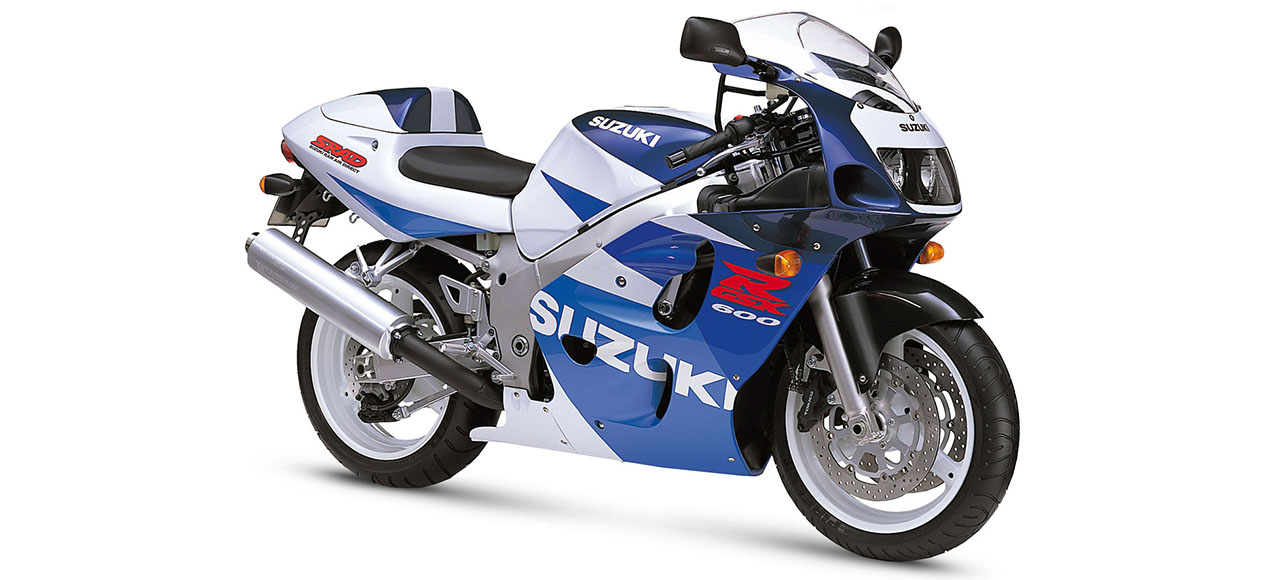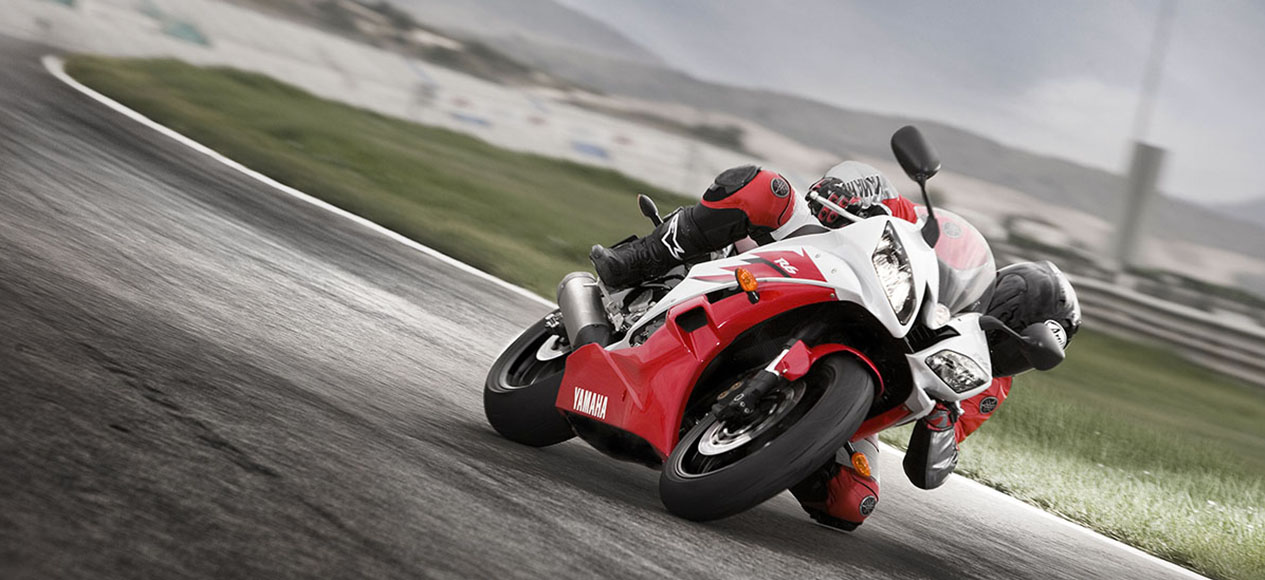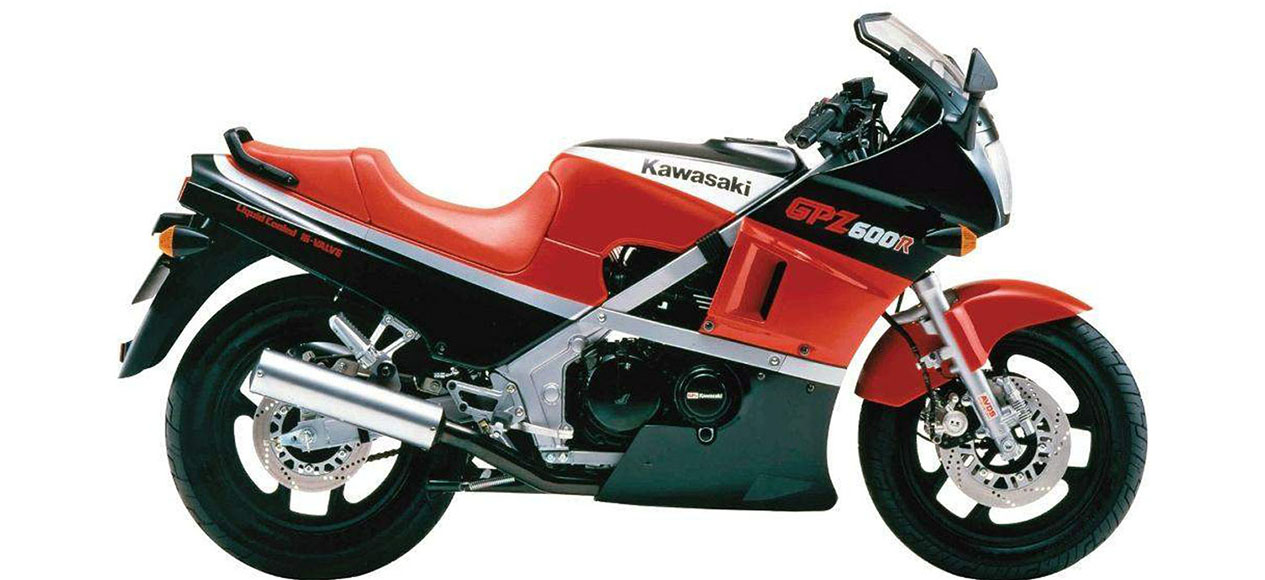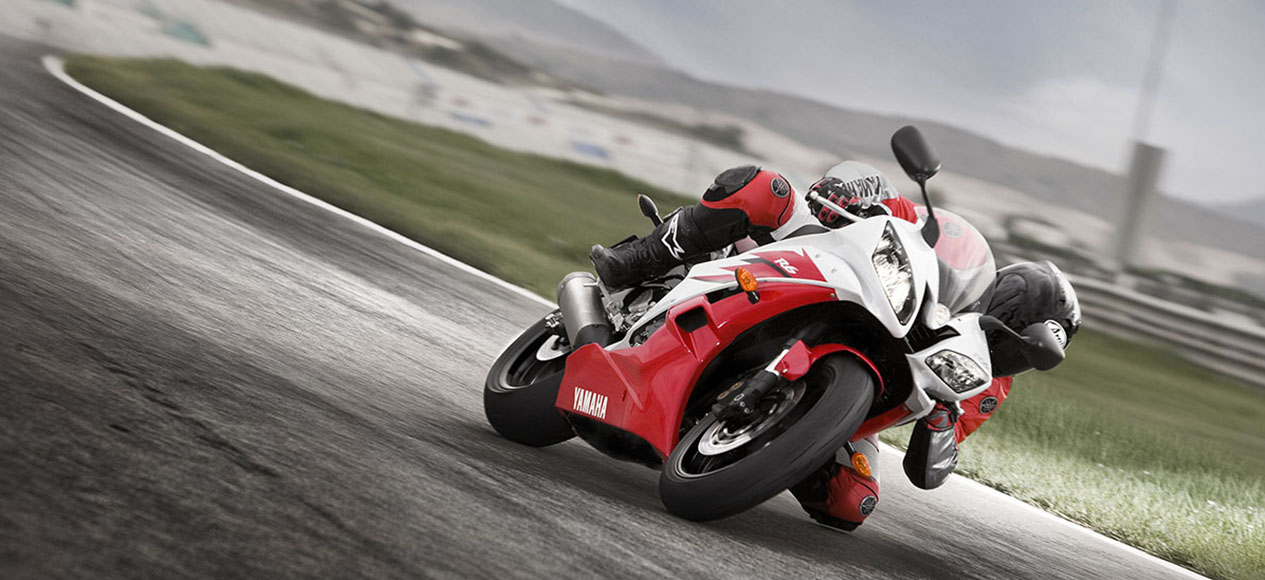Once the most popular class of bike on British roads, sales of 600cc sports bikes have dipped in recent years. These high tech pocket rockets remain popular on the second hand market and remain a common sight in bike parks and race paddocks throughout the UK.
But how did this class come into being, and what has caused the decline? Insidebikes investigates…
It’s hard to pinpoint exactly when what we currently know as supersport bikes came into existence, but we’re going to put our money on the Kawasaki GPZ600R Ninja as being the genesis.
In the early ‘80s, the motorbike market was simpler and less segmented than today. Manufacturers had far more limited model line-ups and ‘sport’ bikes were generally 1000+cc bruisers, while the whole race rep scene was just beginning with lightweight two-strokes, like the Honda NS400, Suzuki RG250 and RG500 Gamma and Yamaha’s four-cylinder RD500.
Sure there were two-strokes like the classic Yamaha RD350LC, but mid-range four-strokes were generally air-cooled four-strokes in the 500-550cc category and had little or no sporting credentials. That changed in 1985, with the GPZ600R, which was a sporty 592cc four along the lines of the company’s flagship GPZ900R Ninja.
Others followed. Yamaha came along with the FZ600 in 1986, using an air-cooled motor in a more modern sporting chassis, while Honda’s CBR600F moved the game along with its more powerful liquid cooled design the following year. Like the CBR, Suzuki’s air/oil cooled GSX600F used an aerodynamic ‘jelly mould’ fairing design. The Suzuki was last to the party in 1988 and was way more advanced than the mid-range GSXs of the day, but still a long way from the tech of the mighty GSX-Rs that represented their sporting flagships.

These 600s were sporty but definitely no race replicas. They were comfortable enough to carry out the daily commute, or tackle a reasonable tour, and by the end of the decade they were also a regular feature in national championship motorcycle racing, as the Supersport 600 class was born (the 600 suffix distinguishing it from the Supersport 400 series).
Yamaha introduced the FZR600 in 1989, with a steel version of the famous Deltabox frame, sharp styling and a revvy 16 valve liquid cooled engine that made it the bike to have on the racetrack.
Kawasaki responded a year later with the ZZR600, which was the fastest bike in the class even if the chassis was more on the sports touring side. In a similar vein was the Suzuki RF600, although this never really captured the imagination of the buying public in the same way. Honda too continued to evolve the CBR600F throughout the 1990s, with more power, better handling and a move away from the jelly mould fairings.
Supersport bikes really came of age in the mid 1990s. Litre sports bikes were getting increasingly popular and the 600 offered most of the looks and high performance, but for less money and more affordable insurance premiums.
Kawasaki introduced its first ZX-6R Ninja in 1995, a sharper chassised cousin to the ZZR, and in 1997 Suzuki really moved the game on with the GSX-R600 SRAD. The SRAD was a full on race replica that was heavily based on the GSX-R750 superbike. Aside from the smaller engine, the only real differences between the 600 and 750 were the lower spec front forks and subtly different graphics.
In 1997 we also saw the introduction of the Supersport World Series, a racing championship that was the main support class to the popular Superbike World Championship. Paolo Casoli won that first championship on a Ducati 748 (750 twins were allowed to race alongside the 600cc fours) and in 1999 the series was afforded full world championship status. With 600s proving big sellers, the new Supersport World Championship attracted serious manufacturer attention. The desire to succeed on the racetrack saw 600cc development rise at a rapid rate. Helped by technology filtering down from a new generation of 1000cc superbikes, models were usually updated on a two-to-three year cycle, becoming more extreme in each generation.
Such was the closeness of the racing, each of the big four manufacturers won the title between 1999 and 2003. France’s spectacular Stephane Chambon won the first title on a Suzuki, before Jorg Teuchert won the 2000 series in one of the most dramatic finales of a race series ever. The German had been knocked off in the previous round, giving the lead to Chambon, but he remained one of four riders who could win the title at Brands Hatch, and in a stunning race where the lead changed corner to corner, he did just that – finishing second as Chambon broke down. Teuchert’s win came on the Yamaha YZF-R6, a bike that had been considered the most focussed 600 since being introduced in 1999.

Andrew Pitt gave Kawasaki its first championship in 2001, in a consistent year that contained no race wins, before Fabien Foret gave Honda a surprising success in 2002 – the CBR600F being the oldest design and least race focussed bike in the class.
Such was the significance of the class, Honda came out with a MotoGP inspired CBR600RR for 2003 – a year before the flagship CBR1000RR Fireblade. The Honda was the bike to have and the CBR600RR, prepared by Dutch tuning legends Ten Kate Racing, enjoyed a six year run of world titles.
Supersport bikes continued to get more extreme year after year, but Yamaha had a real ace up its sleeve with the 2006 R6. Full of high-tech performance parts like a ride-by-wire throttle and slipper clutch, the new R6 grabbed the headlines with a claimed 17,500rpm red line – although there was some egg on the Yamaha face when it was proven to be optimistic by around 2,000rpm.
With the global financial crisis hitting and sales of 600s drying up, sportsbike development slowed down. Triumph had brought out the Daytona 675, a three-cylinder 675cc machine that was classed alongside the 600s, and this was considered the best of the breed. The 675 was Triumph’s way of cracking the class after lukewarm efforts with the four-cylinder TT600 of 2000 and the subsequent Daytona 600. The TT was known for its dreadful fuelling and mid-90s styling, even though it handled well, and although the Daytona 600 was a decent evolution it struggled to make an impact on this highly competitive class.
The 2010s saw a gradual decline in the class. Honda and Suzuki phased their 600s out, electing not to update them as more stringent emissions laws came in. Triumph too has dumped the Daytona 675, meaning that only Kawasaki and Yamaha remain.
Kawasaki have given their ZX-6R an oversized 636cc engine and a more road focussed chassis, meaning that it is no longer eligible for world supersport racing. That makes the YZF-R6 the de facto choice for any racers. The latest R6 was introduced a few years ago, having been given an R1-style makeover.

No-one really knows what lies ahead for the 600cc sportsbike class. A number of factors have contributed to its downfall. The global financial crisis certainly affected the motorcycle industry at the peak of the class’ popularity, while more restrictive licencing laws mean that young, inexperienced riders can no longer jump on supersport bikes after passing their test. Changing tastes, in particular many riders’ move to adventure bikes from sports bikes, and for those who do wish to ride race replicas, the introduction of PCP finance deals has made litre bikes more accessible, while the sophisticated electronics has made them easier to ride, despite 200bhp power outputs.
Regardless, 600s remain popular for road riders and track day fiends, even if they are no longer selling in big numbers. With 120bhp and 150mph top speeds, a 10 year old supersport bike offers plenty of thrills for less that £5000.
No wonder there are still so many on the road.



